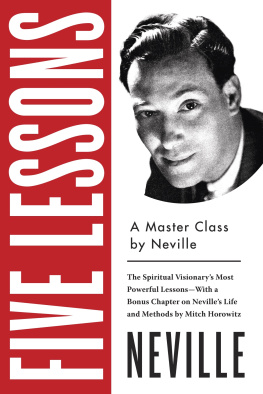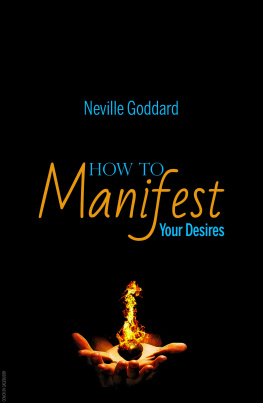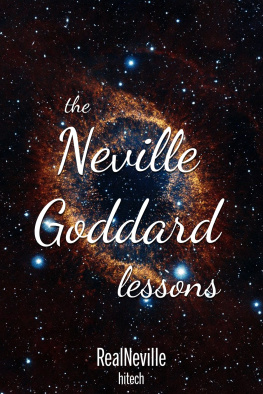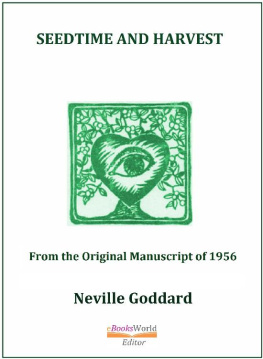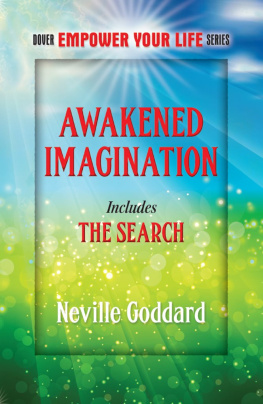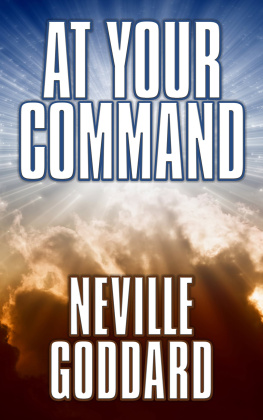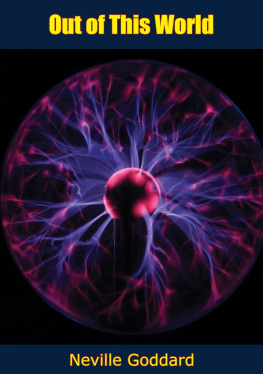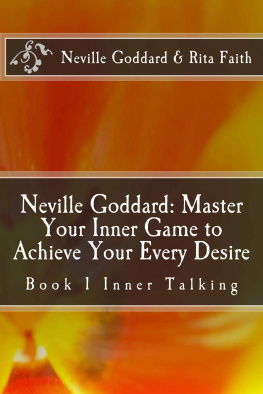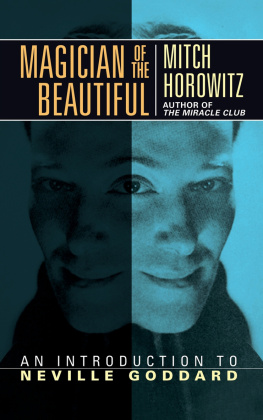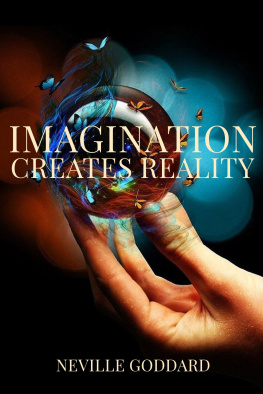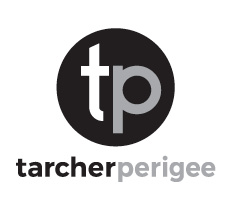In 1948, mystic Neville Goddard (19051972) delivered a series of five lessons in Los Angeles, which many of Nevilles students and readers consider the teachers clearest and most comprehensive presentation of his methods of mental creativity. This book reproduces Nevilles complete presentations, as well as a question and answer session, with minimal editing to capture his words exactly as listeners experienced them at the time. This edition also includes a bonus chapter by historian Mitch Horowitz, which explores Nevilles life and techniques.
L ESSON 1
CONSCIOUSNESS IS THE ONLY REALITY
This is going to be a very practical course. Therefore, I hope that everyone in this class has a very clear picture of what he desires, for I am convinced that you can realize your desires by the technique you will receive here this week in these five lessons.
That you may receive the full benefit of these instructions, let me state now that the Bible has no reference at all to any persons who ever existed, or to any event that ever occurred upon earth.
The ancient storytellers were not writing history but an allegorical picture lesson of certain basic principles, which they clothed in the garb of history, and they adapted these stories to the limited capacity of a most uncritical and credulous people.
Throughout the centuries we have mistakenly taken personifications for persons, allegory for history, the vehicle that conveyed the instruction for the instruction, and the gross first sense for the ultimate sense intended.
The difference between the form of the Bible and its substance is as great as the difference between a grain of corn and the life-germ within that grain. As our assimilative organs discriminate between food that can be built into our system and food that must be discarded, so do our awakened intuitive faculties discover beneath allegory and parable, the psychological life-germ of the Bible; and, feeding on this, we, too, cast off the form which conveyed the message.
The argument against the historicity of the Bible is too lengthy; consequently, it is not suitable for inclusion in this practical psychological interpretation of its stories. Therefore, I will waste no time in trying to convince you that the Bible is not a historical fact.
Tonight I will take four stories and show you what the ancient storytellers intended that you and I should see in these stories. The ancient teachers attached psychological truths to phallic and solar allegories. They did not know as much of the physical structure of man as do modern scientists, neither did they know as much about the heavens as do our modern astronomers. But the little they did know they used wisely and they built phallic and solar frames to which they tied the great psychological truths that they had discovered.
In the Old Testament you will find much of the phallic worship. Because it is not helpful, I am not going to emphasize it. I shall only show you how to interpret it.
Before we come to the first of the psychological dramas that you and I may use in a practical sense, let me state the two outstanding names of the Bible: the one you and I translate as GOD or JEHOVAH, and the one we call his son, which we have as JESUS.
The ancients spelled these names by using little symbols. The ancient tongue, called the Hebraic language, was not a tongue that you exploded with the breath. It was a mystical language never uttered by man. Those who understood it, understood it as mathematicians understand symbols of higher mathematics. It is not something people used to convey thought as I now use the English language.
They said that Gods name was spelled, YOD HEY VAV HEY. I shall take these symbols and in our normal, down-to-earth language, explain them in this manner.
The first letter, YOD, in the name GOD is a hand or a seed, not just a hand, but the hand of the director. If there is one organ of man that discriminates and sets him apart from the entire world of creation it is his hand. What we call a hand in the anthropoid ape is not a hand. It is used only for the purpose of conveying food to the mouth, or to swing from branch to branch. Mans hand fashions, it molds. You cannot really express yourself without the hand. This is the builders hand, the hand of the director; it directs and molds and builds within your world.
The ancient storytellers called the first letter YOD, the hand, or the absolute seed out of which the whole of creation will come.
To the second letter, HE, they gave the symbol of a window. A window is an eyethe window is to the house what the eye is to the body.
The third letter, VAV, they called a nail. A nail is used for the purpose of binding things together. The conjunction and in the Hebraic tongue is simply the third letter, or VAV. If I want to say man and woman, I put the VAV in the middle, it binds them together.
The fourth and last letter, HEY, is another window or eye.
In this modern, down-to-earth language of ours, you can forget eyes and windows and hands and look at it in this manner. You are seated here now. This first letter, YOD, is your I AMness, your awareness. You are aware of being awarethat is the first letter. Out of this awareness all states of awareness come.
The second letter, HEY, called an eye, is your imagination, your ability to perceive. You imagine or perceive something which seems to be other than Self. As though you were lost in reverie and contemplated mental states in a detached manner, making the thinker and his thoughts separate entities.
The third letter, VAV, is your ability to feel you are that which you desire to be. As you feel you are it, you become aware of being it. To walk as though you were what you want to be is to take your desire out of the imaginary world and put the VAV upon it. You have completed the drama of creation. I am aware of something. Then I become aware of actually being that of which I was aware.
The fourth and last letter in the name of God is another HEY, another eye, meaning the visible objective world which constantly bears witness of that which I am conscious of being. You do nothing about the objective world; it always molds itself in harmony with that which you are conscious of being.
You are told this is the name by which all things are made, and without it there is nothing made that is made. The name is simply what you have now as you are seated here. You are conscious of being, arent you? Certainly you are. You are also conscious of something that is other than yourself: the room, the furniture, the people.

